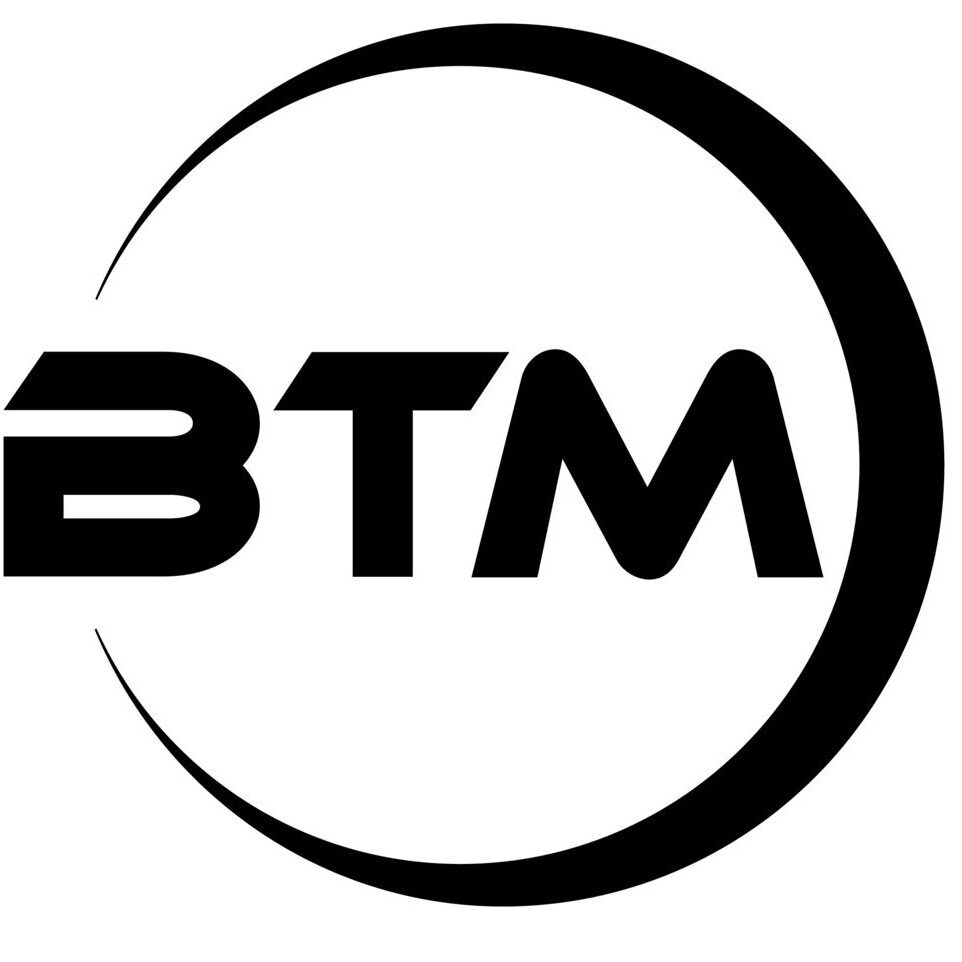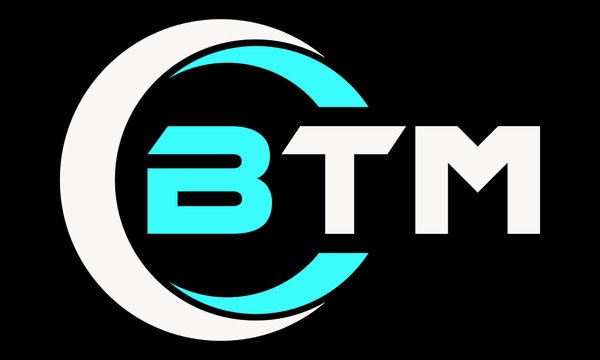The cosmetic industry is not small. In 2023 alone, the industry’s market size was $42.9bn in the US.
Equipment is one of the most crucial considerations when running a cosmetics firm, and there are many other factors to take into account. Like any other piece of equipment, inline liquid machinery is susceptible to wear and potential faults.
There are several mechanical issues that you should be aware of and take care of before they affect your entire production line if you want to keep your equipment in good working order. Several problems can even affect the inline filling systems, which you will learn about here.
What Do You Mean By Inline Filling Systems?
Inline filling systems are automated production lines that efficiently fill containers with cosmetic products. To provide a continuous manufacturing flow, these systems incorporate various components, including product feeders, filling stations, capping machines, and labeling systems.
Compared to manual filling, they provide many significant advantages, including labor cost savings, improved speed, and accuracy.
Common Challenges Cosmetic Companies May Face
1. Filling Accuracy and Consistency
For cosmetic items, where even little discrepancies can have a negative effect on the product’s quality and brand reputation, achieving consistent and accurate filling is essential. Variations in the filling head, product viscosity, and container dimensions can all affect accuracy. Businesses may have difficulties in:
- Adjusting the filling mechanism to accommodate varying product viscosities and container kinds.
- Keeping filling levels constant during a lengthy production run, mainly when using high-speed equipment.
- Reducing product giveaways, or the practice of filling more products than is necessary.
2. Product Foaming and Spillage
Certain cosmetic products, such as creams and mousses, are prone to foaming during filling, which leads to spillage and product waste. The challenges may arise in:
- Selecting the right filling nozzle to minimize air entrainment and control product flow.
- Setting appropriate filling speeds to prevent excessive foaming.
- Implementing anti-foaming measures like vacuum deaeration or antifoam agents might require additional equipment and process adjustments.
3. Container Handling Issues
Piston Filling machines may face difficulties handling because of the wide range of sizes and forms of cosmetic containers. Problems could occur with:
- Transporting fragile containers through the system without breaking them.
- Ensuring that containers are oriented correctly for precise filling.
- Modifying or adding new tools as needed enables the system to manage a range of container types effectively.
4. Maintenance and Downtime
Regular maintenance is necessary for inline filling systems to maintain peak performance and save downtime. Ensure routine maintenance, such as cleaning, lubrication, and part replacement, is performed on the machines to guarantee optimal operation. The challenges one might face-
- Developing a comprehensive maintenance schedule for different system components.
- Maintaining a stock of spare parts to address potential breakdowns quickly.
- Training staff on proper maintenance procedures to minimize downtime and ensure system longevity.
5. Sanitation and Hygiene
There are strict hygienic requirements for cosmetics. Keeping the filling system sanitary is essential to avoid contaminating the product. Depending on the kind of product, inline systems may need additional sterilization equipment and rigorous cleaning procedures. Some of the challenges that you might face–
- Implementing effective cleaning and sanitization protocols for the filling system to prevent product contamination.
- Ensuring easy access to all components for thorough cleaning might require specific design considerations.
- Validating cleaning procedures to guarantee a sterile production environment.
6. Operator Dependence
While inline systems are designed for automation, they often require skilled operators for setup, monitoring, and troubleshooting. Operator errors can disrupt the filling process, leading to inconsistencies or even product recalls. Challenges that cosmetic companies might face include-
- Ensuring operators receive sufficient training on system maintenance, troubleshooting, and operation.
- Monitor system performance and see possible problems before they get worse.
- Preserving equilibrium between human participation and automation to guarantee quality control.
7. Integration Challenges
Inline filling systems often integrate seamlessly with production line components like labeling and capping machines. Compatibility issues with existing equipment, conveyor systems, and control software can lead to delays and unnecessary costs.
- Ensuring compatibility between different equipment brands and models.
- Properly synchronizing the speed of the filling system with other line components to maintain a smooth flow.
- Designing a layout that optimizes efficiency and minimizes bottlenecks.
8. Safety Concerns
Inline systems have moving parts and potential pinch points. You can avoid accidents by implementing the appropriate safety precautions, such as guards, emergency shut-off switches, and operator training.
- Implementing proper safeguards to prevent operator injuries from moving parts or product spills.
- Carrying out routine safety assessments to find and fix such risks.
- Providing personnel with adequate safety training to ensure safe operation and emergency response procedures.
Conclusion
Inline filling systems offer significant benefits for cosmetic companies. Nonetheless, knowledge of the potential difficulties makes anticipatory planning and mitigating measures possible.
Cosmetic companies can select the appropriate inline system and apply best practices to enhance efficiency, limit downtime, and guarantee product quality and safety by carefully analyzing their production demands, product features, and current infrastructure.






